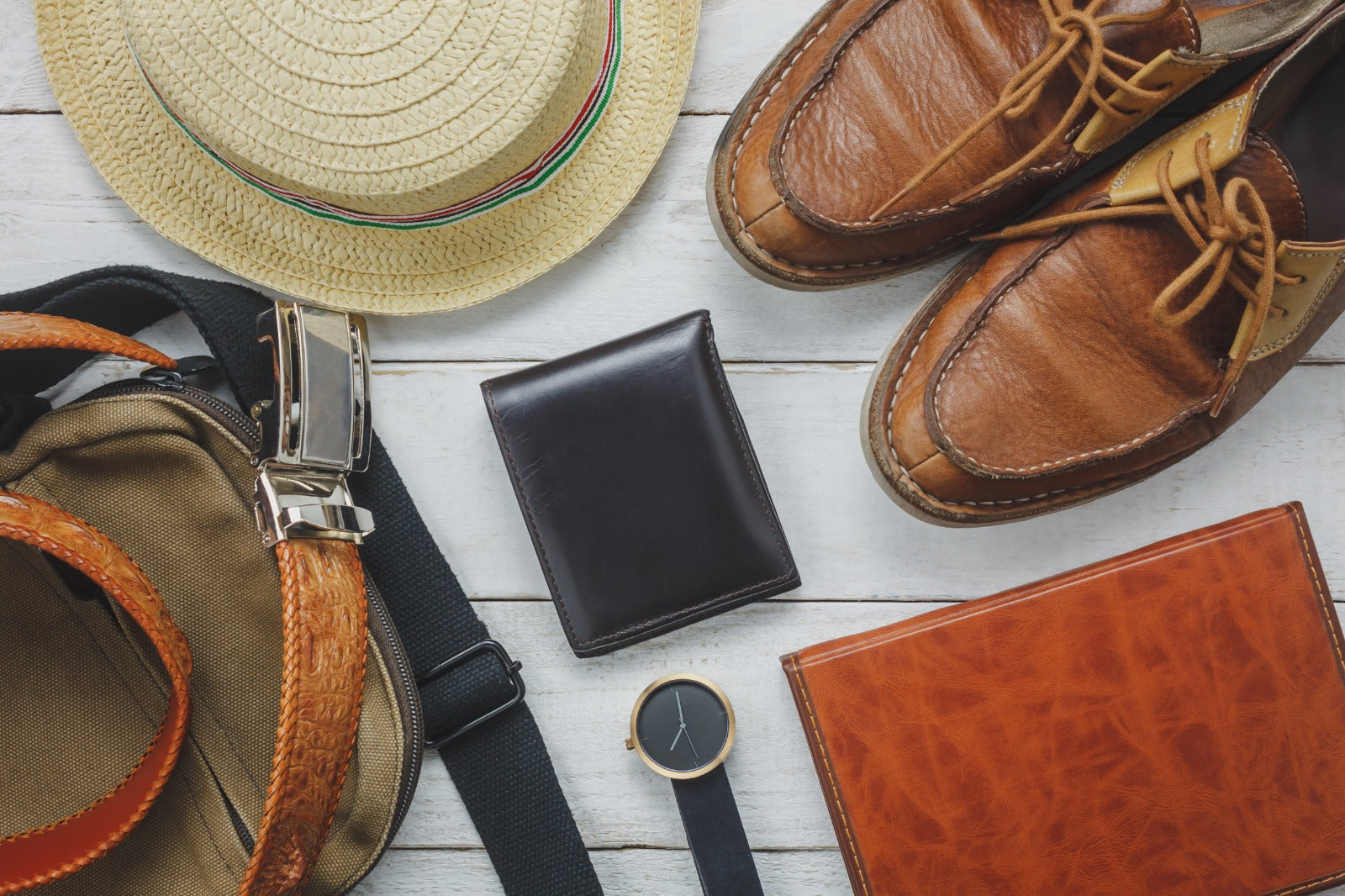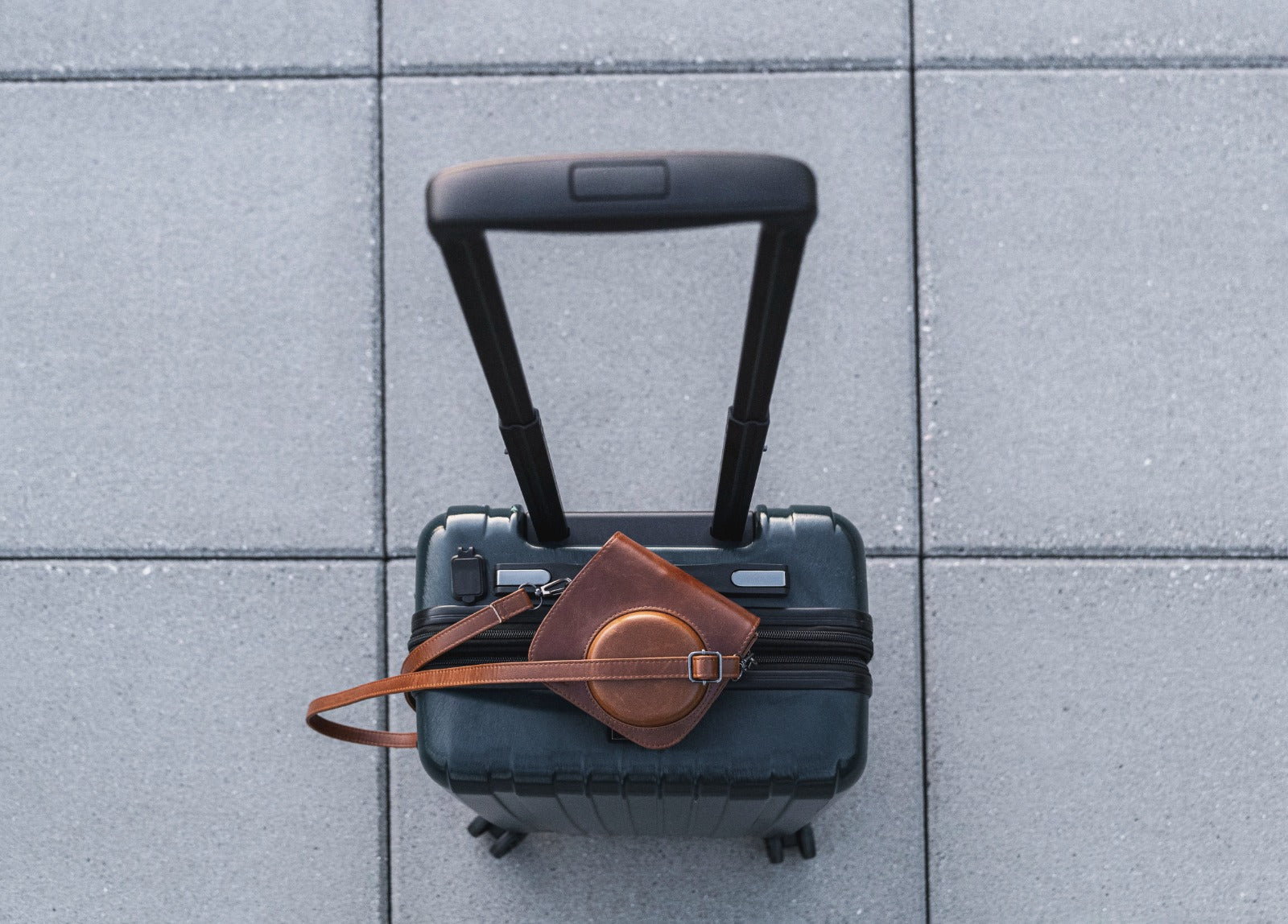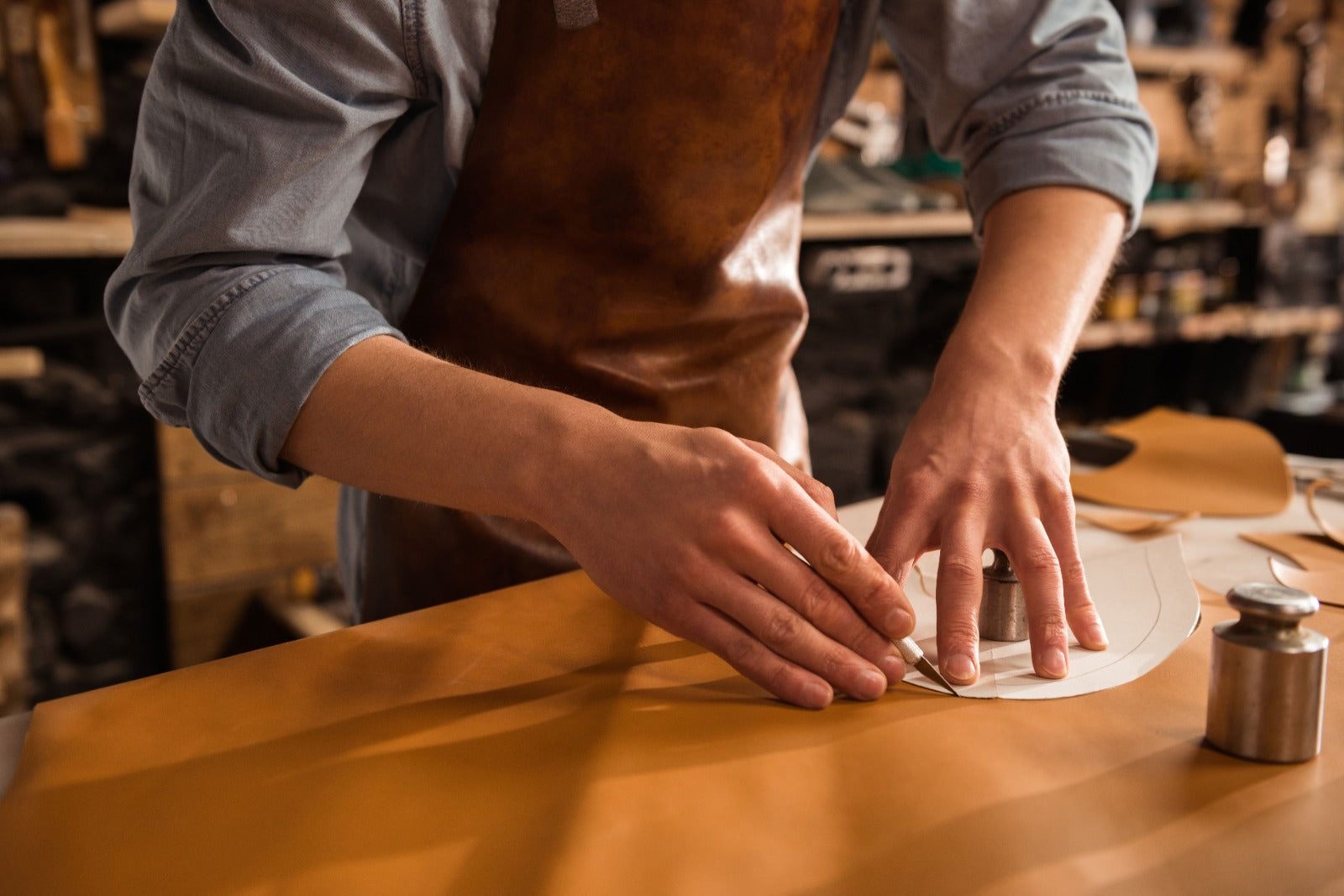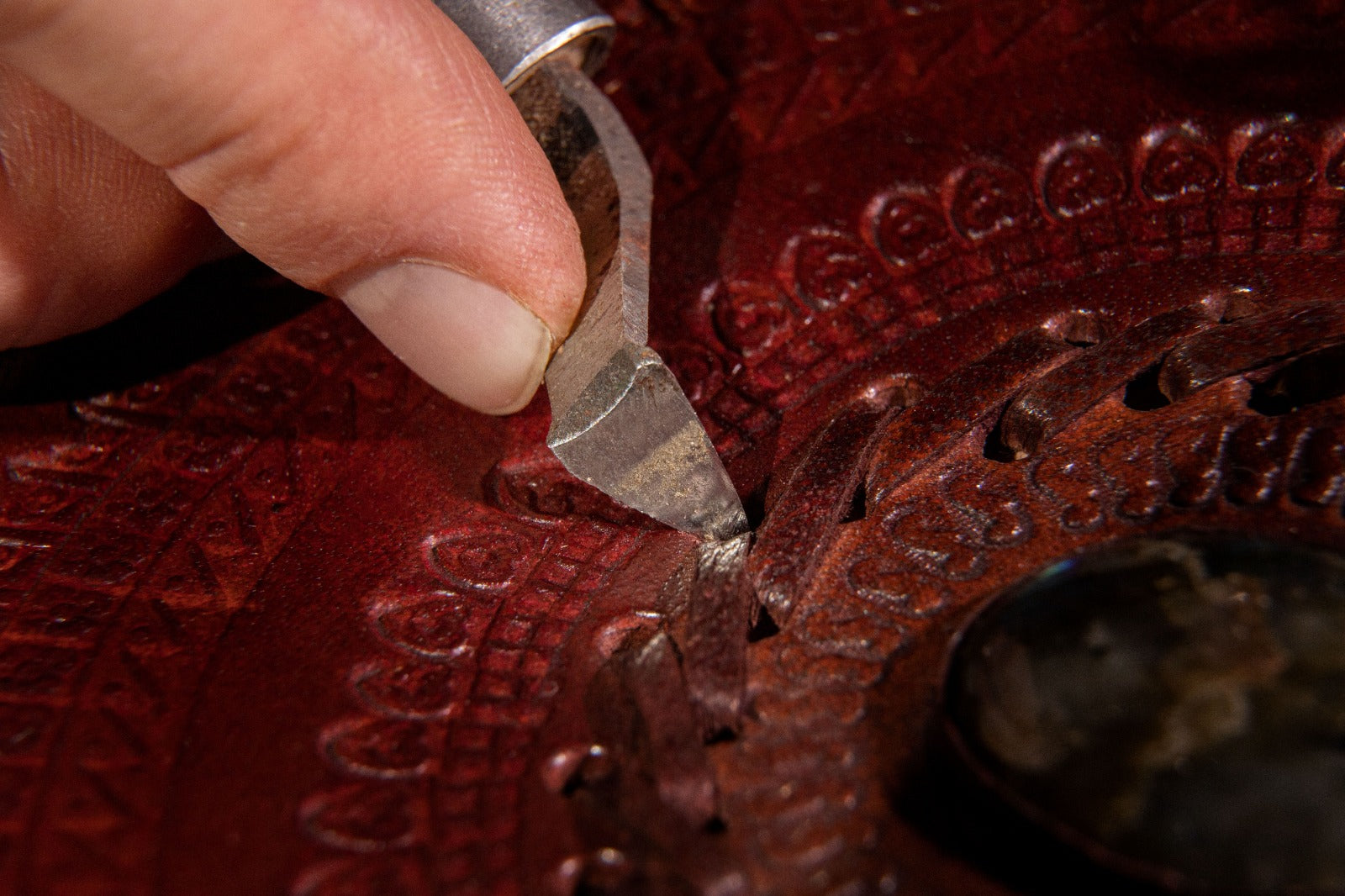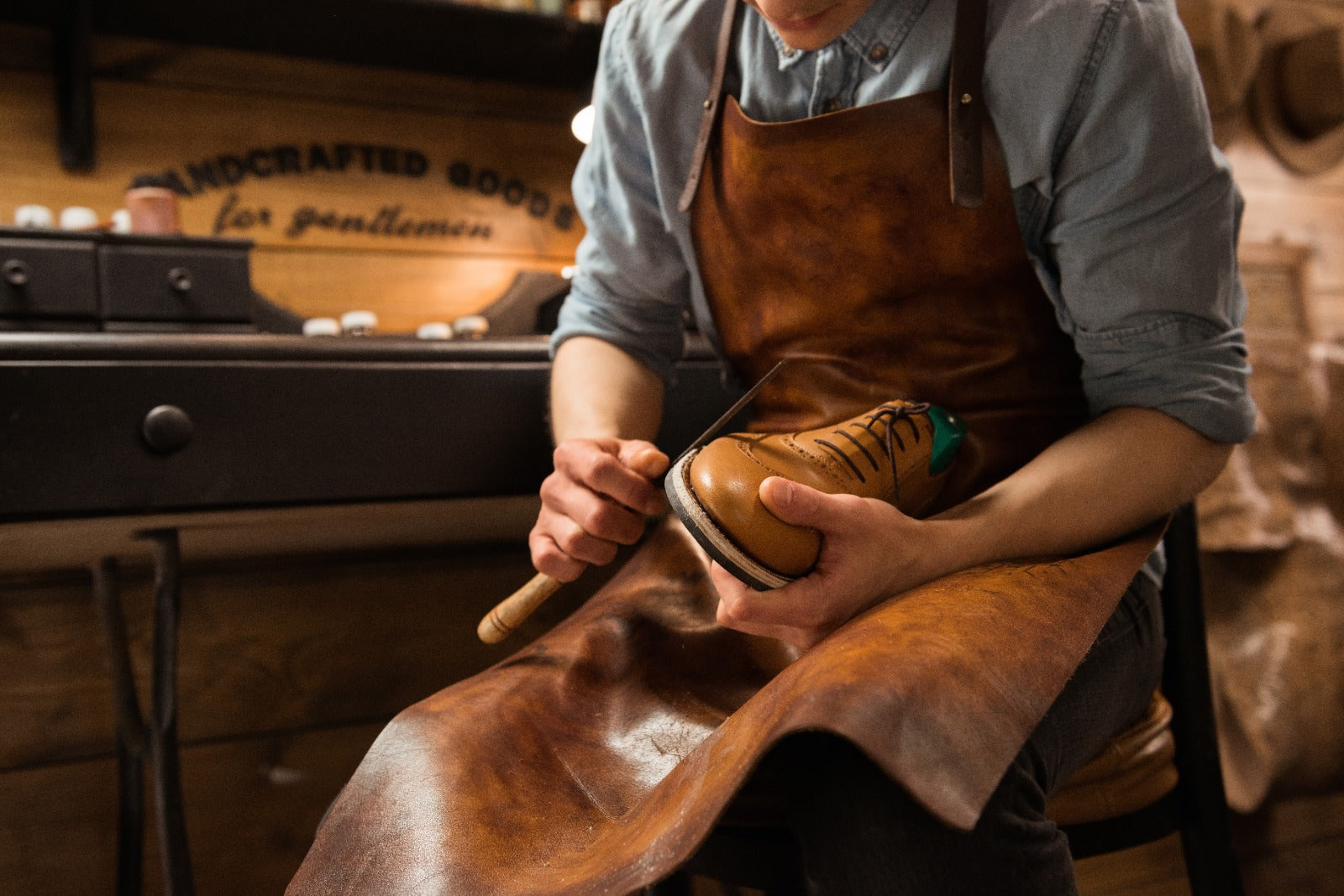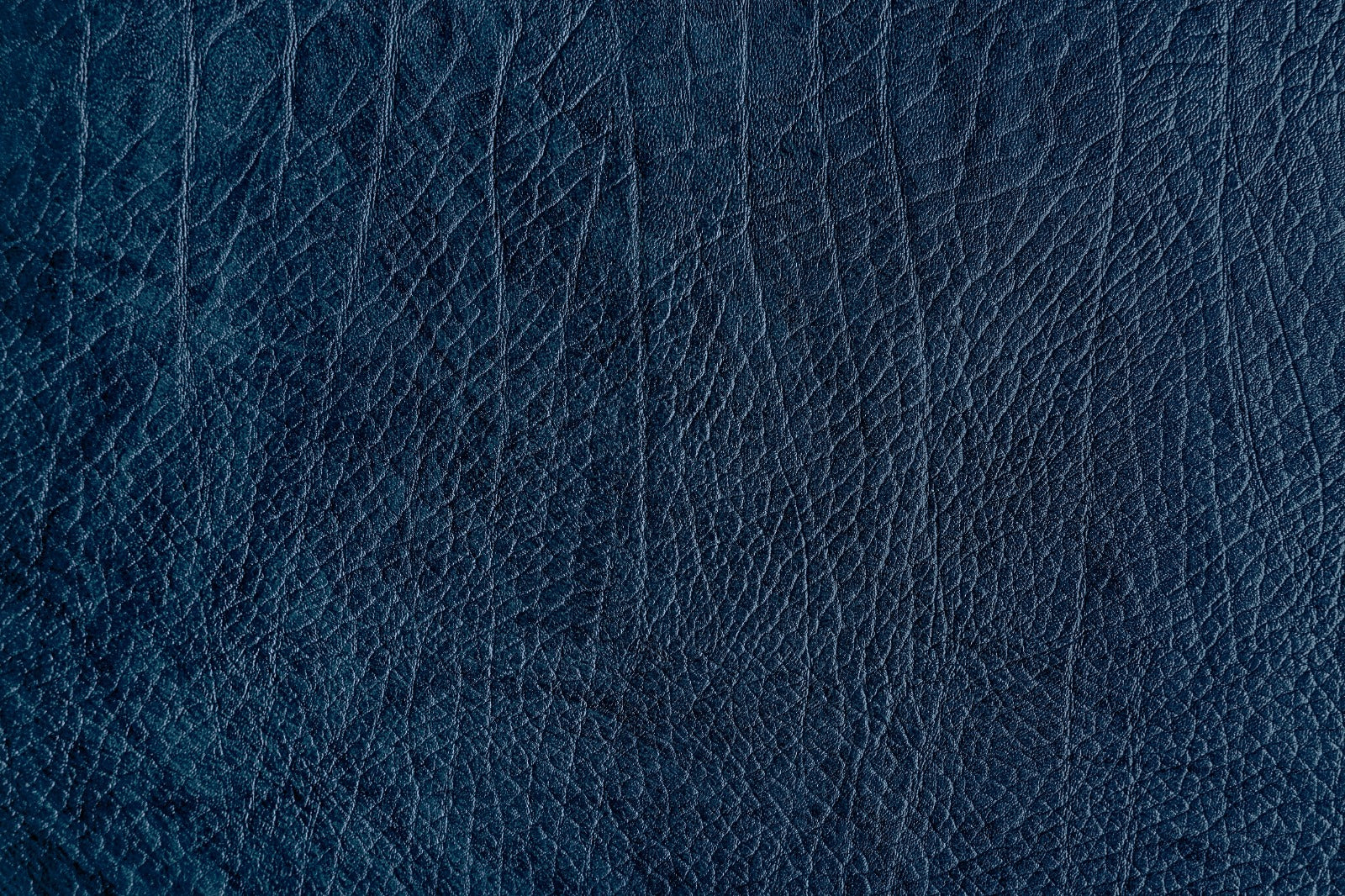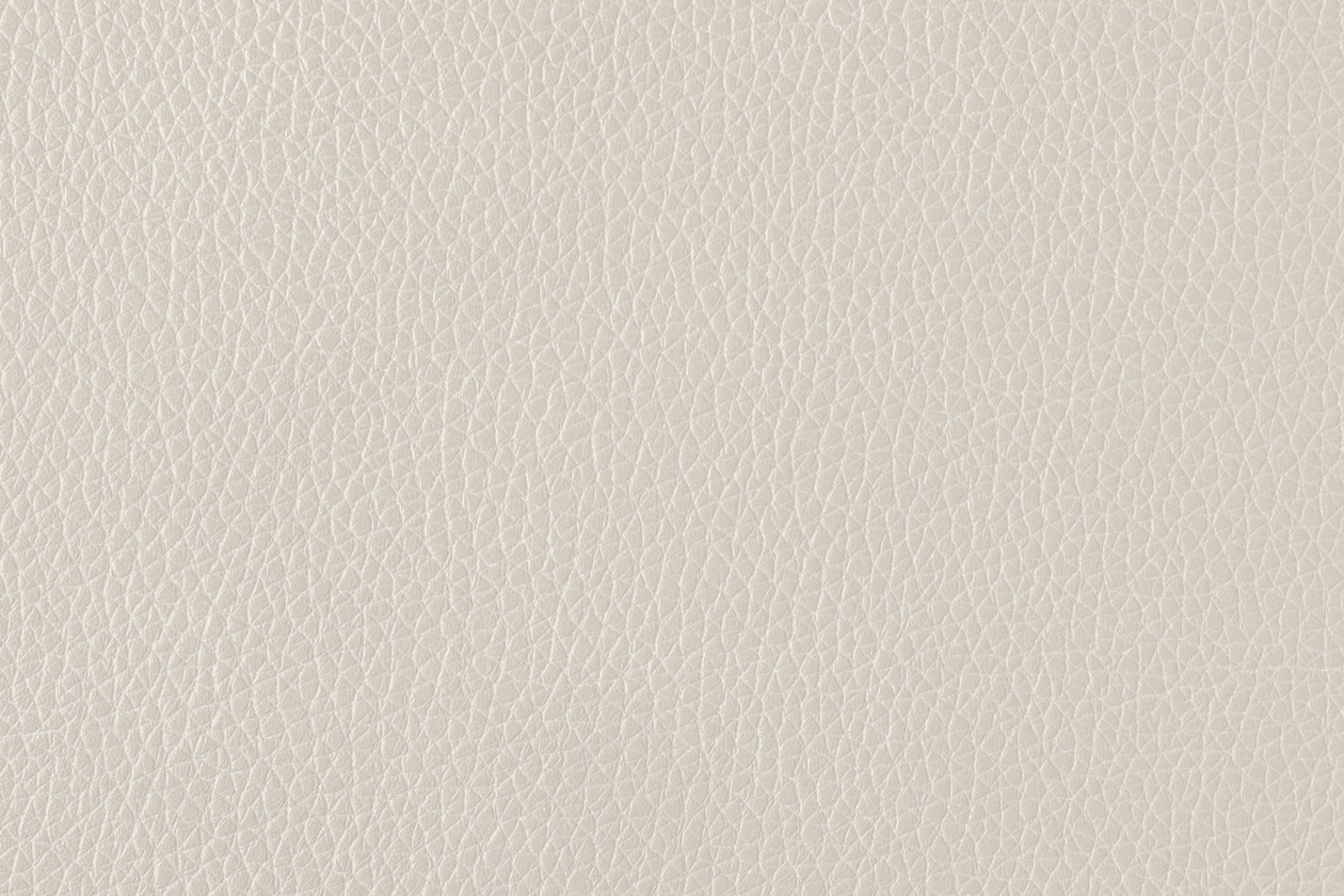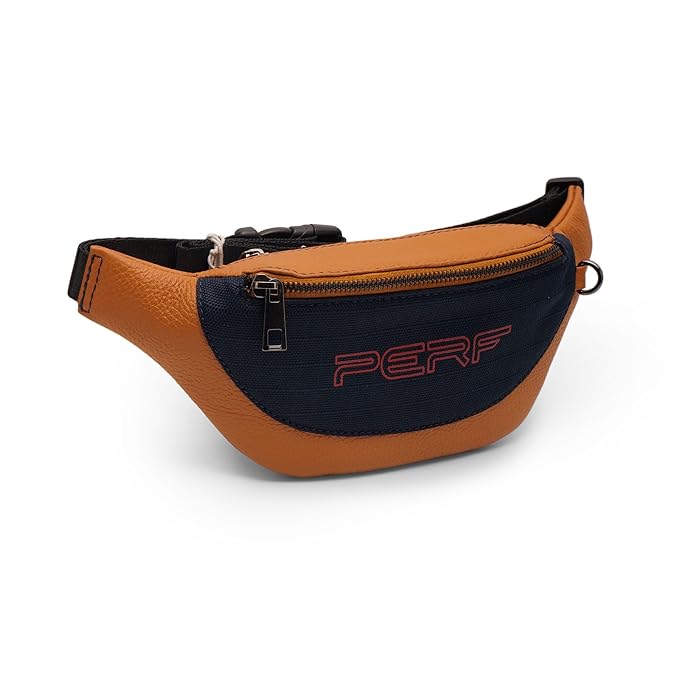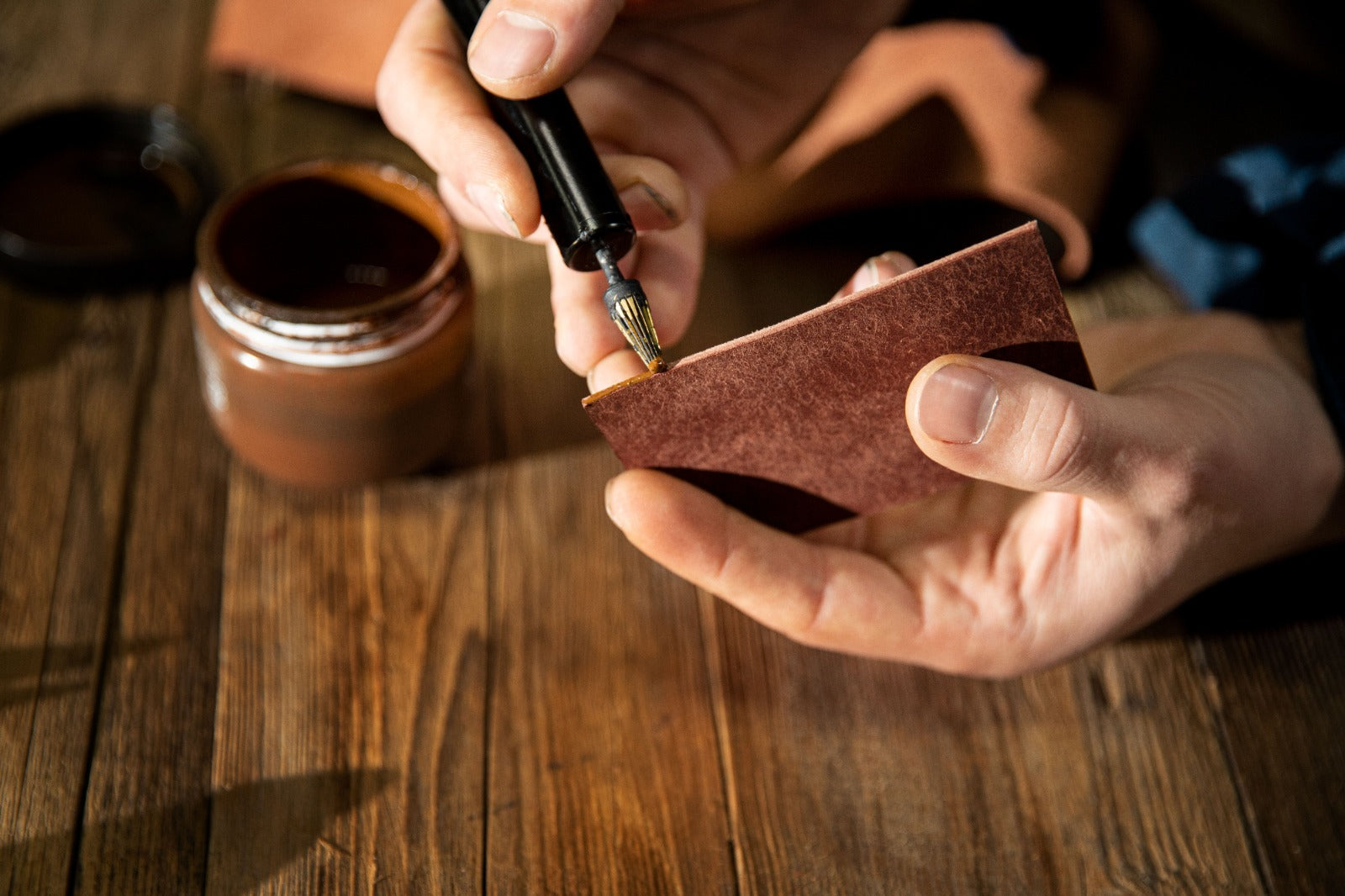
Professional Guide to Removing Oil Stains from Leather
Oil stains can damage leather quickly, darkening the hide and leaving long-term marks. With proper techniques and the right materials, you can remove oil stains effectively while preserving your leather’s texture, flexibility, and shine.
Understanding Oil Stains on Leather
Oil from food, lotions, cosmetics, or machinery can seep into leather pores. Unlike water, oil doesn’t evaporate and can permanently darken the hide if untreated. Quick, targeted treatment is crucial.
Tools & Products You’ll Need
-
Soft microfiber cloths
-
Unglazed cornmeal or talcum powder
-
Leather-safe cleaner
-
Isopropyl alcohol (70%)
-
Leather conditioner or natural leather balm
-
Soft-bristle brush or suede brush (for nubuck/suede)
-
Leather protector spray
-
Gloves
Immediate Action: Blotting vs Absorbing
-
Do not rub—rubbing spreads oil and worsens stains
-
Gently blot excess oil using a clean cloth
-
Continue until no more oil lifts from the surface
Using Absorbent Powders
-
Sprinkle a thin layer of unglazed cornmeal or talcum powder over the stain
-
Leave for 8–12 hours (overnight works best)
-
Brush away powder gently with a clean cloth or soft brush
-
Repeat for stubborn stains
Cleaning with Leather-Safe Cleaner
-
Mix a few drops of leather cleaner with warm water
-
Dampen a cloth (not soaking) and gently wipe the stained area in circular motions
-
Rinse thoroughly with a damp cloth
-
Air-dry naturally—avoid heat and direct sunlight
Using Isopropyl Alcohol for Persistent Stains
-
Apply 70% isopropyl alcohol to a cotton swab
-
Dab lightly on the stain; do not soak
-
Follow with leather-safe cleaner to neutralize and restore
Conditioning the Leather
-
Oil removal can dry out leather
-
Apply natural leather conditioner sparingly
-
Massage in circular motions, let absorb 30–60 minutes
-
Buff with a clean microfiber cloth to restore flexibility and shine
Re-Protecting the Leather
-
Apply leather protector spray evenly
-
Let dry completely before use
-
Helps repel oils, water, and stains without altering appearance
Special Tips for Nubuck & Suede
-
Blot gently; avoid immediate powder
-
Absorb fresh oil with paper towel
-
Sprinkle talcum powder for 24 hours if needed
-
Brush upward with a suede brush to restore nap
-
Use suede-specific cleaner for remaining marks
-
Finish with suede protector spray
Common Mistakes to Avoid
-
Rubbing aggressively spreads oil
-
Using household cleaners can damage leather
-
Over-conditioning leaves sticky residue
-
Heat drying causes stiffness and cracks
-
Skipping patch tests may lead to discoloration
Quick Summary Table
| Stage | Product/Tool | Purpose |
|---|---|---|
| Blotting | Microfiber cloth | Lift excess oil |
| Absorption | Cornmeal / Talcum powder | Draw embedded oil |
| Cleaning | Leather-safe cleaner | Remove residue |
| Stain Lift | Isopropyl alcohol | Treat deep-set stains |
| Conditioning | Natural leather balm | Restore oils & flexibility |
| Protection | Leather protector spray | Repel future stains |
Final Takeaway
Removing oil stains from leather requires patience, proper tools, and gentle methods. Following these steps ensures your leather items stay clean, supple, and long-lasting.
